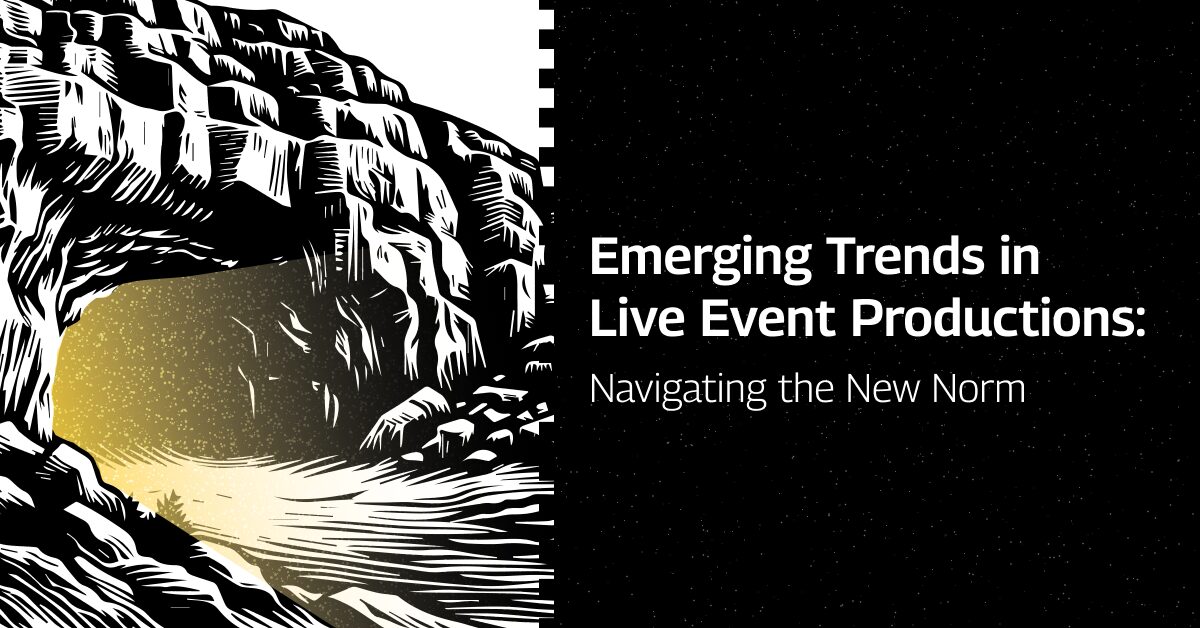Perfecting the Craft of Seamless Film Mapping on Arched Monitor for Breathtaking Visual Experiences
Perfecting the Craft of Seamless Film Mapping on Arched Monitor for Breathtaking Visual Experiences
Blog Article
Film mapping is an innovative technology that allows visuals and videos to be projected onto areas, creating breathtaking visual experiences. When it comes to curved surfaces, perfecting this art can be a bit more challenging than casting onto flat planes. Curved surfaces can encompass various elements from the sides of buildings to sculptures and even platforms. Grasping how to effectively map footage onto these forms is crucial for artists, designers, and occasion organizers who want to develop immersive settings that captivate audiences.
The first step in footage mapping on curved areas is to comprehend the geometry of the area. Rounded areas can be complex, with different degrees of curvature. To achieve a seamless projection, it is vital to build a 3D model of the surface. This model helps in imagining how the video will appear when cast. Applications tools are available that allow users to create these representations and mimic the display. By accurately mapping the dimensions and shapes of the area, creators can ensure that the footage aligns perfectly without distortion.
Once the 3D representation is prepared, the next step is to prepare the video content. This includes modifying the video to fit the specific form and dimensions of the rounded surface. It is crucial to take into account the perspectives and sightlines from which the viewers will view the display. The material should be crafted to enhance the visual encounter, making it captivating and relevant to the theme of the occasion or setup. Using high-quality graphics and motion graphics can significantly improve the total effect of the projection.
After preparing the material, the real display procedure begins. This involves placing up the devices at the appropriate positions and distances to ensure that the video matches with the 3D representation. Calibration is a crucial part of this procedure. It may require adjusting the luminosity, differentiation, and focus of the devices to achieve the best results. Additionally, using multiple devices may be necessary to cover bigger or more complex surfaces. This technique, known as edge blending, helps form a continuous image across the whole area.
Ultimately, testing the projection is crucial before the conclusive presentation. This enables designers to make any necessary adjustments to the footage and projector settings. It is also an chance to see how the audience will experience the display from different viewpoints. By confirming that the footage mapping is flawless, designers can deliver a stunning aesthetic experience that creates a memorable impression. Perfecting video mapping on curved Extra resources areas not only enhances creative expression but also opens up new opportunities for storytelling and audience interaction in various environments.